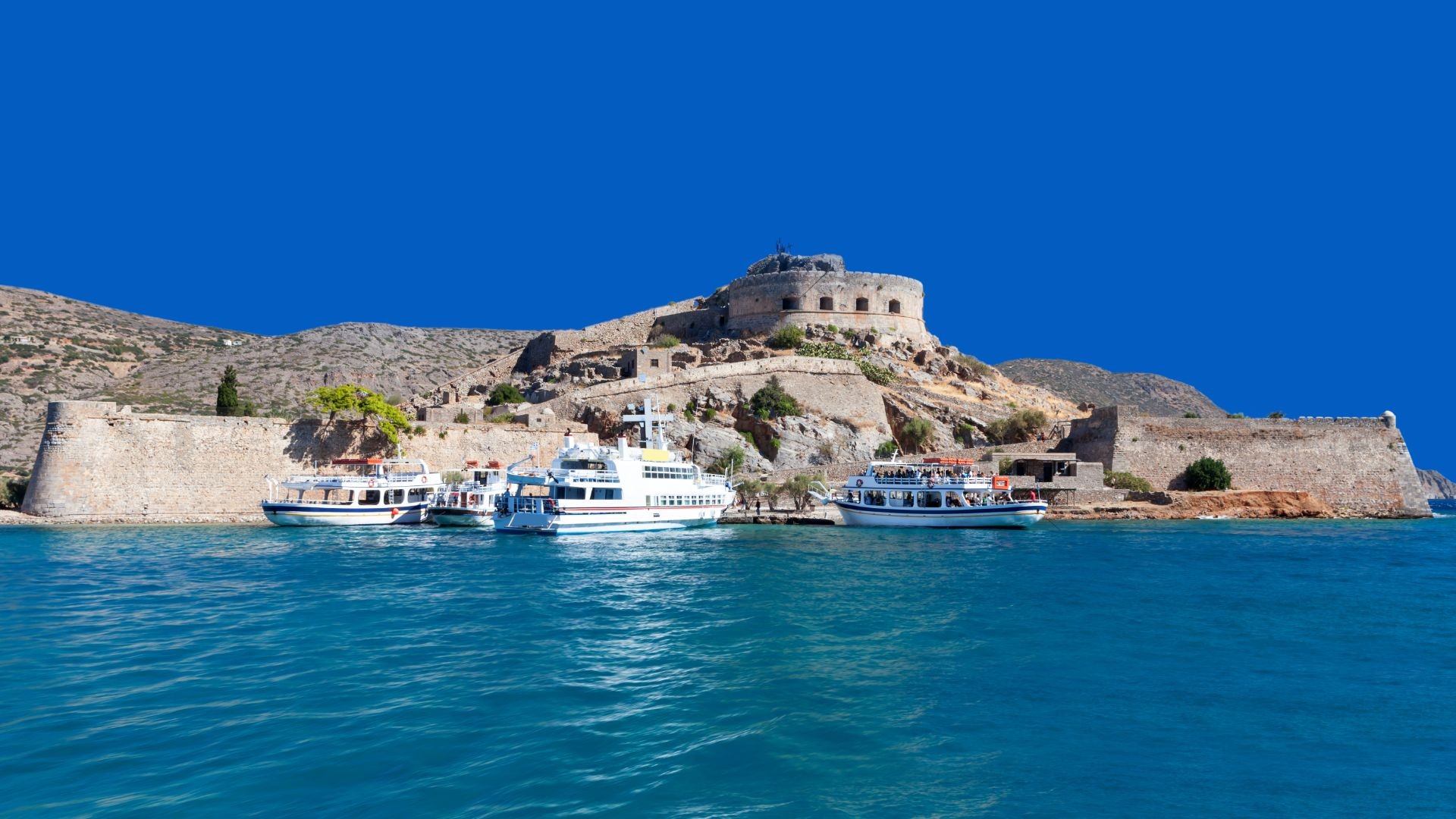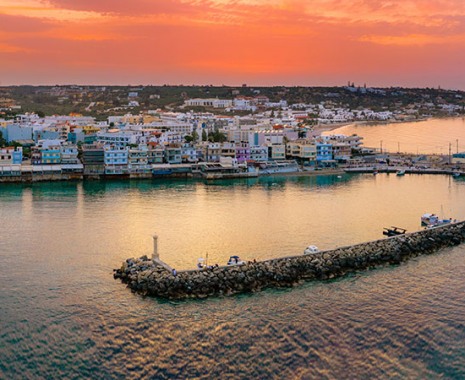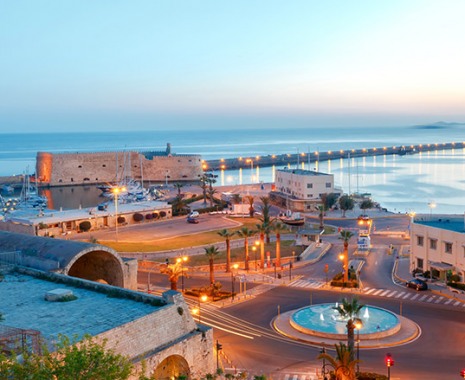Spinalonga Island: From Venetian Fortress to Leper Colony – A Tale of Isolation and Resilience

A stone’s throw from Plaka, the arid, rocky islet once served as a military stronghold during Venetian (and later Ottoman) rule; a medieval citadel stands testament to that chapter in the island’s history.
In 1904, after the Cretans evicted the Turks from Spinalonga, the islet was transformed into a leper colony, where, by 1913, after Crete became part of Greece, anyone afflicted with the disease was sent. At its peak, the colony comprised nearly 400 inhabitants.
Leprosy
leprosy, which causes disfiguring skin sores and debilitating nerve damage, has long carried with it negative social stigmas.
Leprosy is caused by Mycobacterium leprae, which is related to Mycobacterium tuberculosis. This microorganism was discovered by doctor G.A.Hansen in 1873, which is why leprosy is officially called Hansen's Disease.
The disease is contagious when there is frequent contact with a patient, but most (95%) of the population has natural immunity.
Those burdened with leprosy were shunned, stigmatised and mistreated by their families, communities and even medical professionals. In fact, stigmatisation was often so extreme that since ancient times leprosy has been called the ‘death before death’.
Today there are drugs that cure leprosy and those who get the proper treatment can live a normal life without spreading the disease. However, the word "leper" is still a social stigma and is one of the main reasons why some patients do not seek help in the early stages of the medical illness.
Spinalonga served as leper colony
Once diagnosed, these victims had their property and financial assets seized, their citizenship rights revoked and their identity wiped clean. They were then deported to Spinalonga, where they never received treatment for their disease. The sole doctor assigned to the island only made the trip from Plaka if someone was struck by another illness. What’s more, even though treatment for leprosy was found as early as the 1940s, the Greek state kept the colony operational until 1957. Only after a British expert visited the island and compiled a damning report denouncing the island doctor and the state for failing to provide proper medical treatment and housing did the government officially close Spinalonga.
The story of Spinalonga is the story of a massive lie
“You see,” Born said as we passed through a multi-arched tunnel in the fortress walls known as Dante’s Gate, “the story of Spinalonga is the story of a massive lie.”
For decades after the 1957 closure of the leper colony, little was known about the island. The government, anxious to erase any trace of the colony’s existence, burned all its files. And the surviving lepers refused to speak of their experiences. For years it was as if Spinalonga had never existed.
The daily life of the Hansen people in Spinalonga

Patients at Spinalonga were entitled to a small monthly allowance, which often did not cover their food and medication. It was a period when the Greek state was tyrannized by successive wars (Macedonian, Balkan, World Wars I & II, Civil War). Consequently, Greece struggled to stand on its own feet financially, which made the position of the Hansenites in Spinalonga difficult. The living conditions of the Hansen were particularly difficult. In fact, reports of lepers speak of impoverishment.
Before the 1930s, Spinalongians “lived in a frantic state of selfishness, thinking only of survival,” he explained. “No-one looked after one another, the priest had difficulty finding people to help bury the dead.”
It wasn’t until Remoundakis arrived and formed the Brotherhood of the Sick of Spinalonga, a society dedicated to improving conditions on the island, that conditions began to improve. The group lobbied the Greek government for the right to marry and to operate businesses.
The important change came in the 1930s when Epaminondas Remoundakis was transferred to Spinalonga. Remoundakis, who was a third-year law student when he fell ill, seems to have been the man that the others had been waiting for until then to claim humane living conditions.
One of the Brotherhood’s most important rules was a ban on mirrors; no-one wished to see themselves. But it was impossible not to observe the ravages of the disease in the other residents.
“They sought solitude in order to escape the face of the other,”
"We were together. He was a great man and the terrible disease had condemned him to blindness and the amputation of his hand..." Manolis Fountoulakis.
"Walking down Spinalonga street, stop and hold your breath. From a small house around you you will hear the echo of a mother's, a sister's obituary or a man's sigh. Let two tears fall from your eyes and you will see glittering millions of tears that watered this road. Ep. Remoundakis
The "Brotherhood of Spinalonga Patients" founded by Remoundakis played a catalytic role in improving living conditions. Life on the island of the lepers began to resemble something that they were forced to leave their homes to move to Spinalonga
The houses in Spinalonga were whitewashed after many years, the perimeter road was opened, a cleaning service was established for the exterior spaces, a theater and a cinema were built and classical music was constantly played from the street loudspeakers.
People fell in love and got married in Spinalonga. They had children, some of whom grew up with them without ever getting sick.
They took care of each other, they did whatever work they could to improve their lives, they operated their own coffee shop and barbershop, they had their own church, Agios Panteleimonas, where a brave priest officiated who, without being sick, voluntarily accepted to share his life with that of the exiled lepers.
From 1948 onwards the number of lepers in Spinalonga began to decrease because then the first medicine against this horrible disease was discovered.
The Leprosy Hospital remained open until 1957, when the last 20 patients were transferred to a leprosy hospital in Athens. In the meantime, many had been cured and returned to their homes.
Since then, Spinalonga has been abandoned, while many architectural elements of its buildings adorn the luxury hotels of the Elounda area.


